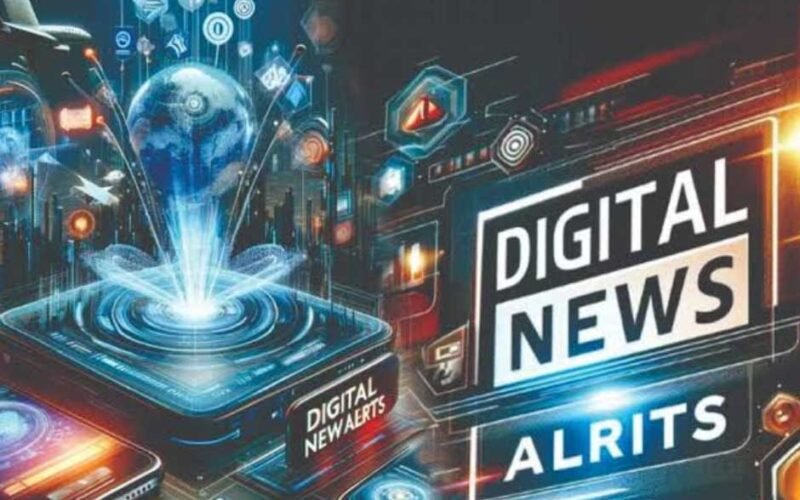Traditional ways of news consumption are being replaced very quickly by more efficient and personalised solutions. At the forefront of this transformation are the so-called digital news alerts. This article covers everything you need to know about Digitalnewsalerts, including the types, benefits, and more.
What Exactly Are Digitalnewsalerts?
Digital news alerts represent real-time notifications or updates sent directly to users’ devices – smartphones, tablets or computers. Such alerts can come from news applications, websites or specialized services that deliver current news and events as they occur. It is this personalization that makes digital news alerts truly powerful – providing news that is timely and relevant to the user’s interests.
Types of Digitalnewsalerts: A Spectrum of Delivery Channels.

Digital news alerts may take many forms depending on the user preference and consumption habits. However, the most common types are:
Push Notifications: Such alerts are delivered directly to the device by news applications in pop-ups on the home screen or in the notification center.
Email Alerts: Concise news summaries and updates arrive at the user’s email inbox.
SMS Alerts: For the minimalist among us, short news snippets can be sent as text messages – never miss an update.
In-App Notifications: In news applications, such alerts prompt users to read an article or watch a video about their interest.
Browser Notifications: Pop-up alerts for breaking news can appear as users surf the web, integrating news consumption into online activities.
The Amazing Benefits of Digital News Alerts
Some of the major benefits of Digitalnewsalerts include:
Real-Time Updates: Keep Ahead of the Curve
Most important to digital news alerts is the ability to send real time updates. Unlike traditional media that has a delay between an event happening and its reporting, digital news alerts can provide information instantly. It is particularly critical for breaking news, weather alerts and emergency notifications that users are informed and prepared to respond immediately.
Personalization: Adapting News to Your Preferences
Digital news alerts allow users to curate the news they get based on their interests and preferences. User can choose to follow sports, politics, entertainment or finance – whatever is important to them. Personalized experiences also reduce information overload risks common in the digital age.
Increased Engagement: Fostering a Deeper Connection
Digital news alerts may boost engagement by delivering relevant news quickly to users’ devices. The more relevant content makes users more likely to read articles, watch videos or participate in discussions. Such higher engagement enables news providers to connect more closely with their audience and to drive up user retention and potential revenue streams from targeted advertising.
Accessibility: Barriers to Information Reduction
Digital news alerts make news more accessible. People who cannot watch or read a newspaper can still be informed with short, concise alerts. Also, these alerts can be sent in more than one language – reaching out to different cultures and breaking down language barriers that previously prevented news consumption.
Conclusion: The Future of News Consumption
The future of information consumption lies in the ability of digital news alerts to reshape how we consume information. Through real-time, personalized and accessible updates these innovative solutions keep users informed wherever they are.







